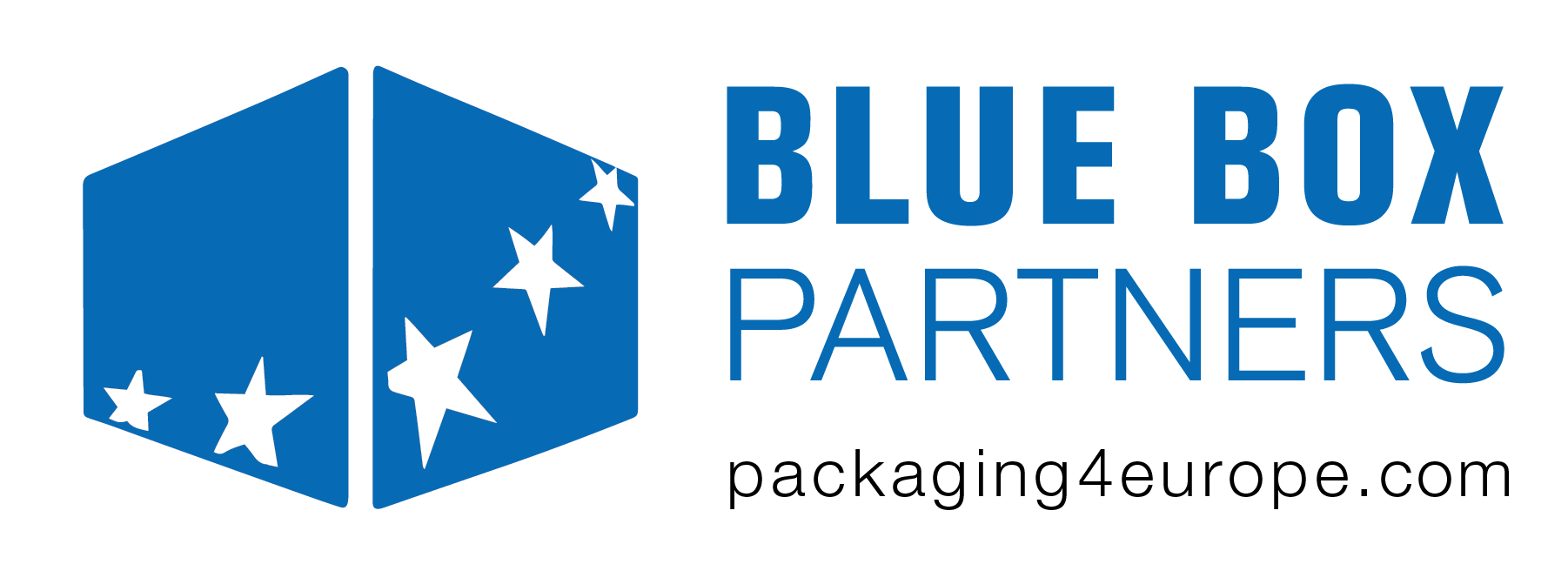Innovative and Renewable:
Our Energy System
The production of paper and corrugated cardboard consumes a lot of energy. Against this backdrop, we make continuous investments in innovations and new systems to minimise our energy consumption. At the same time, we use renewable energies such as wind energy, photovoltaic systems and biogas.
This not only enables us to strengthen our own energy supply and gain more immunity to developments in international energy markets, but also protects the environment and minimises our ecological footprint even when production volumes are on the rise.
“The most climate-friendly and least expensive kilowatt hour is the one you don’t use.”
“The most climate-friendly and least expensive kilowatt hour is the one you don’t use.”
GRI 302-1
Energy Consumption
Total Energy Consumption (GJe + GJth)
Since production has steadily increased over the years, we are working to be more and more efficient.
Our target for 2020 will be to reduce our specific energy consumption by 3 %.
GRI 302-1
Energy Consumption Split
GRI 302-1: Energy Consumption
Case VPK Packaging Group, Belgium:
Paper Mill Oudegem – Economy Powered by Ecology
At Oudegem, the largest paper mill in the group, energy needs have always been the focus of interest. Today, the plant is nearly self-sufficient in its energy supply; continuous innovation ensures ever higher energy efficiency. The plant has three co-generation installations, which combine heat and electricity generation in an optimal way. One of these is fuelled by biogas.
The biogas is generated onsite as a by-product of water treatment. In this context, starch and paper fibres play a dominant role. Starch is an additive in the process of paper production, used to increase the strength of the paper and water resistance. In addition to this, it is applied in the corrugation process to glue together the different layers of paper or the finished boxes. When old paper is recycled, the starch dissolves in the process water, together with the paper fibres.
The paper fibres are separated and recycled to produce new paper, whilst the residue containing the starch is sent to the water treatment plant. Apart from the starch, process water generally also contains (small) paper fibres which are unsuitable for paper recycling and other organic compounds. This biological waste is digested anaerobically in dedicated reactors for water treatment, thus generating biogas.
Since 2005, biogas has been used to fuel the co-generation installations. However, production volumes have increased over the years, leading to higher biogas generation. Since the paper mill engine was already running at 100 % capacity, the surplus biogas was used to power the conventional high-pressure boiler instead. With more efficient engines available on the market, VPK now has the option of replacing the first engine and powering the new one with biogas. In this case, increasing production volumes would actually lead to the generation of more biogas as a renewable source of energy – a great example of a successful combination of economy and ecology. “Capturing and using biogas is indeed a sound choice, increasing energy efficiency and decreasing expense,” says Johan Dhaese, group coordinator for energy and environment at VPK. “And since biogas is a renewable source of energy, we also reduce CO2 emissions.”


